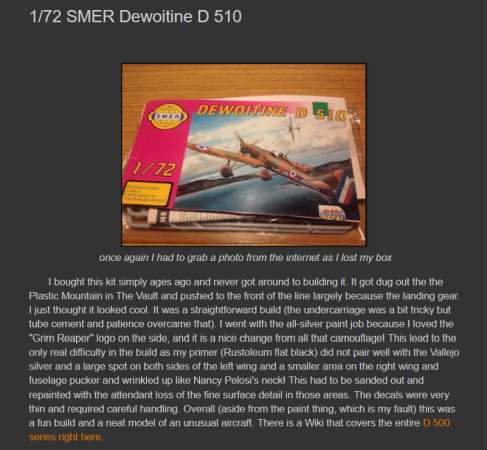Background:
The 44th Bomb Group (Heavy) was constituted on November 20, 1940 and activated at McDill Field in Tampa, Florida on January 15, 1941 - nearly twelve months before Pearl Harbor brought the U.S. into the Second World War. It was the first true B-24 Liberator group, and was assigned a training role to instruct crews in the operation of this new, modern bomber, which had its first flight on December 29 of 1939. The Flying 8-Balls, as they became known, were relieved of their training missions after four other bombing groups were formed from cadres of personnel trained during their time in the 44th. In addition to training, the unit also performed anti-submarine patrols over the Gulf of Mexico, and they are credited with sinking a U-Boat on July 10, 1942.
The unit was briefly assigned to Will Rogers Field in Oklahoma on July 25, 1942 in preparation for deployment overseas. It was there that they attained their moniker, The Flying 8-Balls, after the commanding officer, Col. Frank Robison, was overheard wondering how the US Army Air Forces could consider sending "such a group of misfits, 90-day wonders, and oddballs" into combat, continuing that he'd never "seen such a bunch of eightballs in his entire military career." By the time the crews and their B-24Ds arrived at Shipdham, each aircraft bore the squadron logo painted on the nose. It consisted of an 8-ball with eyes, wings and a long nose, the latter of which was painted a different color – or combination of colors – for each squadron. The 44th was one of only two Liberator units operating from the U.K. until late 1943, as part of the Eighth Air Force.
In June of 1943, a third group had been added and all three B-24 groups of the Eighth Air Force were temporarily assigned to the Ninth Air Force operating out of North Africa, where it took part in missions against the Axis in the Mediterranean and beyond, including support for Operation Husky (the invasion of Sicily) and Operation Tidal Wave (the raid on Ploesti). After a brief return to England, the 44th was again assigned to North Africa, where it flew out of Tunisia to support the Italian Campaign. The 44th sustained one of the highest casualty rates, and it earned numerous unit citations and awards.
The B-24 itself served in every theater that the U.S. Army Air Forces fought in - Africa, Europe, India, and the Pacific. It carried a greater payload faster than its B-17 stablemate, and was ultimately produced in greater numbers than any other American bomber.
The Model and the Decals
For the past year, a pair of friends up in northern California have been painting up my late-war panzergrenadiers. Collectively calling themselves the Snafu Brothers, these two have been having a merry time applying paint to a mix of 15mm Resistant Roosters, Old Glory and Peter Pig lead miniatures along with 1/87 (18mm) Preiser plastic figures. With a modeling and wargaming career of over 30 years, they find that these "new" figures provide them with a welcome distraction. However, I've been at somewhat of a loss while looking for a small item with which to say "thank you."
When I ran into Norman Harms of Scale Specialties at the Orccon convention in February of 2008, he was showing off one of his latest decal sets. Norm has written for Squaron/Signal, Feist, Aero and Doubleday on a variety of subjects, and applies the same detailed research to his decal sets to ensure accuracy. One set featured markings for an aircraft named Snafu, and I knew that I'd found a way to make a unique gift.
This new set, B-24 Combat Units - Part 1, features a range of insignia and markings for Liberators flying with the 44th Bomb Group, as well as the RAF's Coastal Command. The sheet features markings for 18 aircraft, including fin flashes used on U.S. aircraft early in the war, along with the later group wing and tail insignia. Because these are designed for wargaming, there are decals for multiple aircraft within a single squadron, as well as individual aircraft which have unique nose art or names. National insignia covering the full range of the war are included, but are sufficient for only six aircraft.
To do a proper squadron, one would need to also get the National Markings for B-17 & B-24 Bombers - U.S. & Great Britain, which has faded, subdued U.S. roundels along with yellow-and-red surrounds and the late-war bars.
Because of printing registration concerns, many of the insignia are done using a pair of decals, with one being placed over the other. This results not only in greater flexibility, but accurate markings with detail surpassing that found on even larger scales. The dual-layer approach also allows for the whites, yellows and reds to be more vibrant without becoming subdued by the dark paint beneath.

These decals fit 1/285 through 1/300 scale aircraft, and I picked up a pair of Scotia Grendel B-24D miniatures at the same time. The second aircraft will be a B-24 from the 67th Bombing Squadron, the 4-Q-2 - which perfectly suits the brothers' equally twisted sense of humor.






